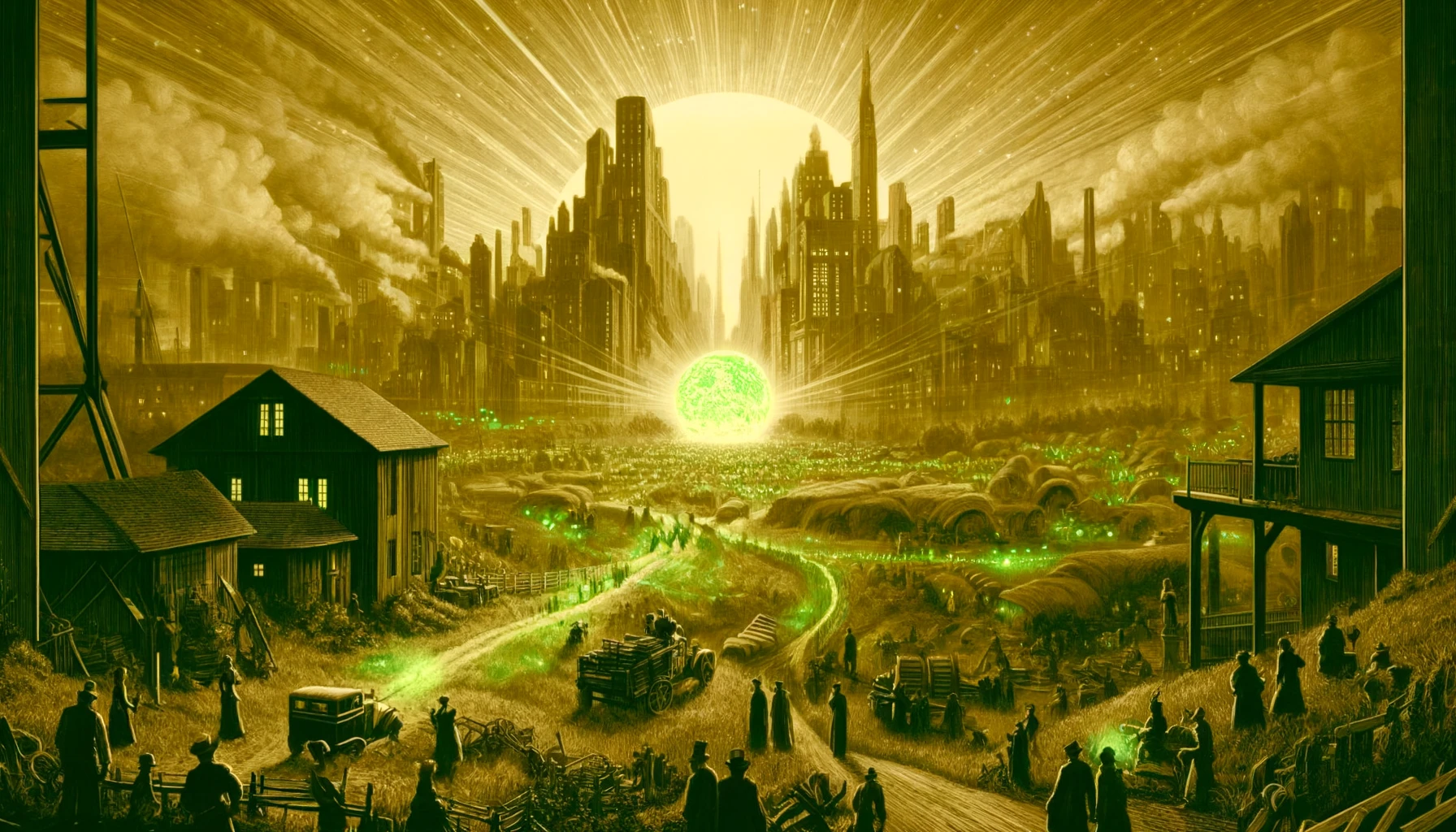While technology may change, human behavior does not. At least, that’s what reading the collection of Aesop’s Fables suggests. The characters and motivations in the parables, attributed to Aesop after he died in 564 BCE, remain relevant today.
Aesop 2021 projects these well-known (and not-so-known) stories into an age only a stone’s throw from our own. When cynicism and pessimism abound, hope becomes a rebellious act against the tyranny of the default. Each story recasts a fable’s lesson from our upcoming solarpunk future as a software tale.
The Aesop 2021 project is part of the Never Break the Chain March Writing Challenge. The original sources were translated by George Fyler Townsend and provided under the Project Gutenberg license. Addition reference provided by a Library of Congress interactive book adapted from the public domain book “The Aesop for Children: with Pictures by Milo Winter,” published by Rand, McNally & Co in 1919.
Below is the latest installment.

After pioneering a plastic-eating enzyme and subsequent refusal to patent the discovery, Leo became a celebrity. He parlayed his new status into sustainable activism and diplomacy. After several successful coalitions, he sought his next major initiative.
Leo found a project he loved with one of the few remaining international conglomerates, a company that specialized in constructing sustainable arcologies. With nature healing and the carbon buildup of the last century abating, the time to resettle the most ravaged areas and return the land to the descendants of climate refugees drew near. It was be an engagement powerfully symbolizing the correction of past sins.
The conglomerate was happy to have Leo as a figurehead but insisted on the highest levels of compartmentalization, secrecy, and “just-in-time” information sharing. Its arcologies were marvels of cutting-edge engineering and environmental science. It insisted that such aggressive protection of its intellectual property was necessary to recoup the vast amounts of research and development it performed. While the approach clashed with Leo’s preference for open cooperation and transparency, he mollified himself that the arrangement would be temporary. When pressed, he argued that that the destination justified the means.
When the scandal later broke, its virality was due, in large part, to the apparent contradiction between the virtuous person the public believed Leo to be and the double-dealing that the conglomerate engaged in behind closed doors. While Leo had advanced the cause in the name of the refugees, it was revealed that sizable portions to be reclaimed were being gifted to wealthy or politically connected individuals, a rush for new land that hewed to the old ways.
Trust broken, “The Lion of the Languished” was declawed and Leo resigned in disgrace. It took some time for Leo’s reputation - his most important asset which he had wielded so successfully - to recover.
Original Fable
A LION demanded the daughter of a woodcutter in marriage. The Father, unwilling to grant, and yet afraid to refuse his request, hit upon this expedient to rid himself of his importunities. He expressed his willingness to accept the Lion as the suitor of his daughter on one condition: that he should allow him to extract his teeth, and cut off his claws, as his daughter was fearfully afraid of both. The Lion cheerfully assented to the proposal. But when the toothless, clawless Lion returned to repeat his request, the Woodman, no longer afraid, set upon him with his club, and drove him away into the forest.
Moral of the Stories
In software, as in life, caution should be exercised when sacrificing one’s strength or essential qualities to appease others or achieve a short-term goal. The Lion, by giving up his teeth and claws, loses not only his physical capabilities but also his dignity and the respect he commanded. The stories underscore the importance of not compromising one’s power or fundamental characteristics, as doing so can lead to vulnerability and loss of respect or position.



